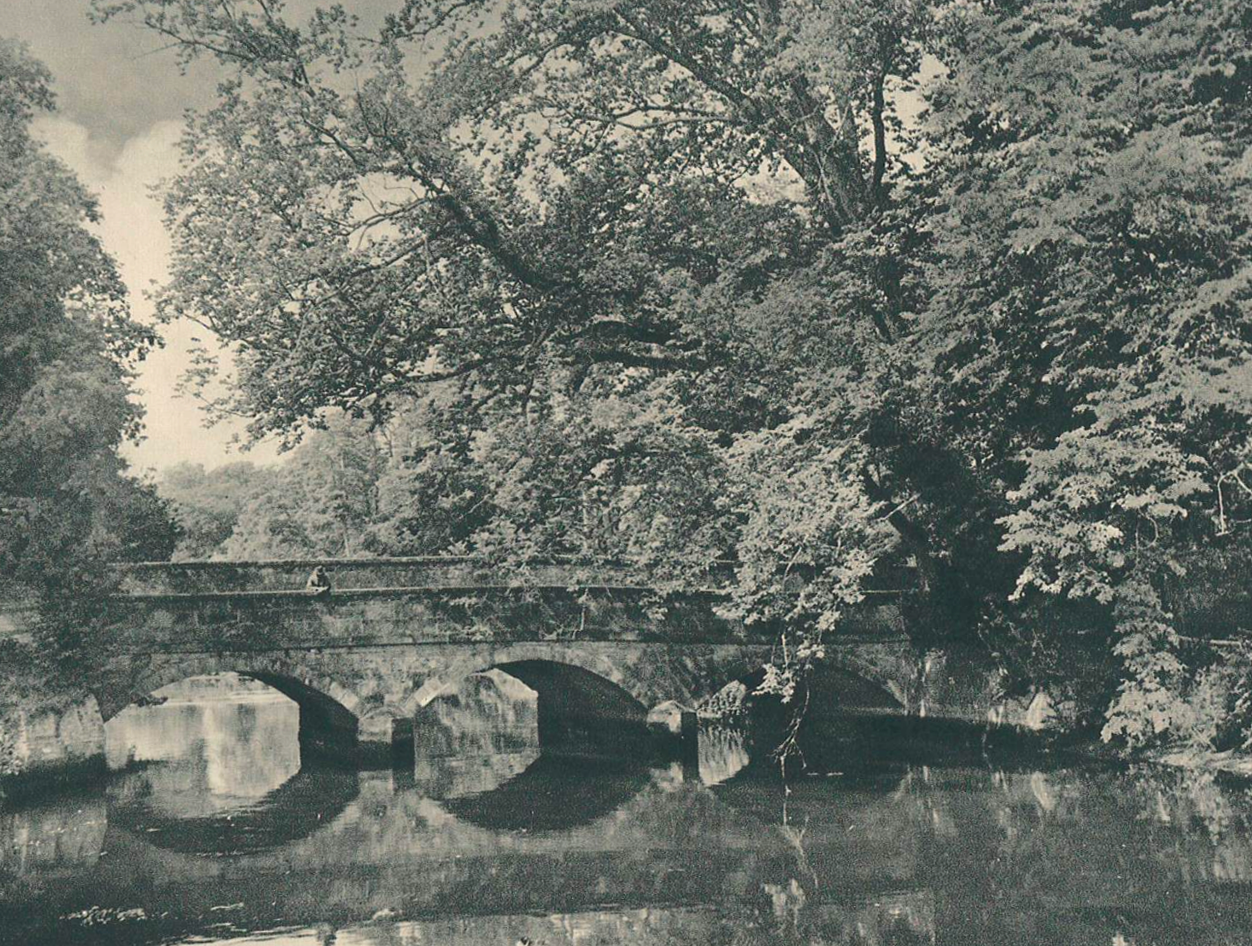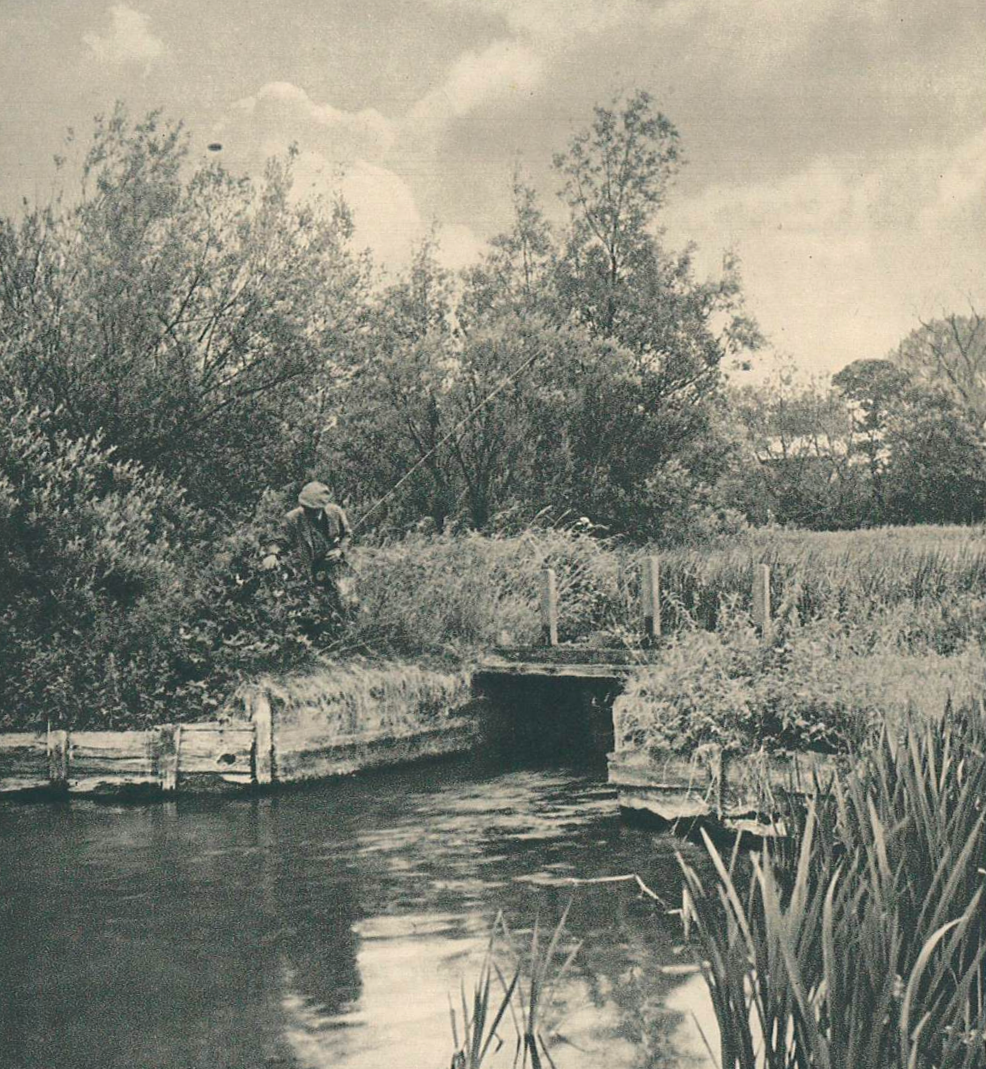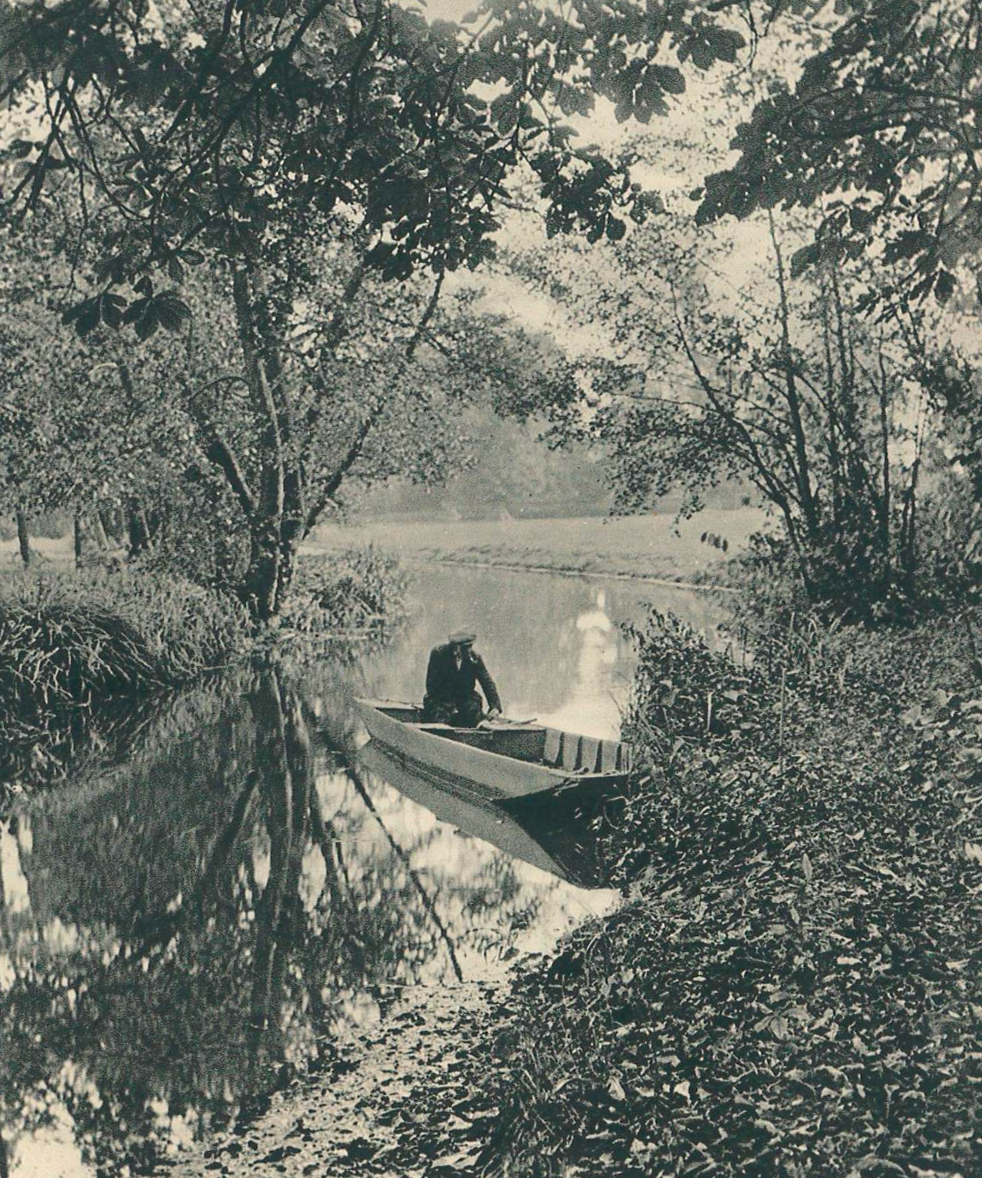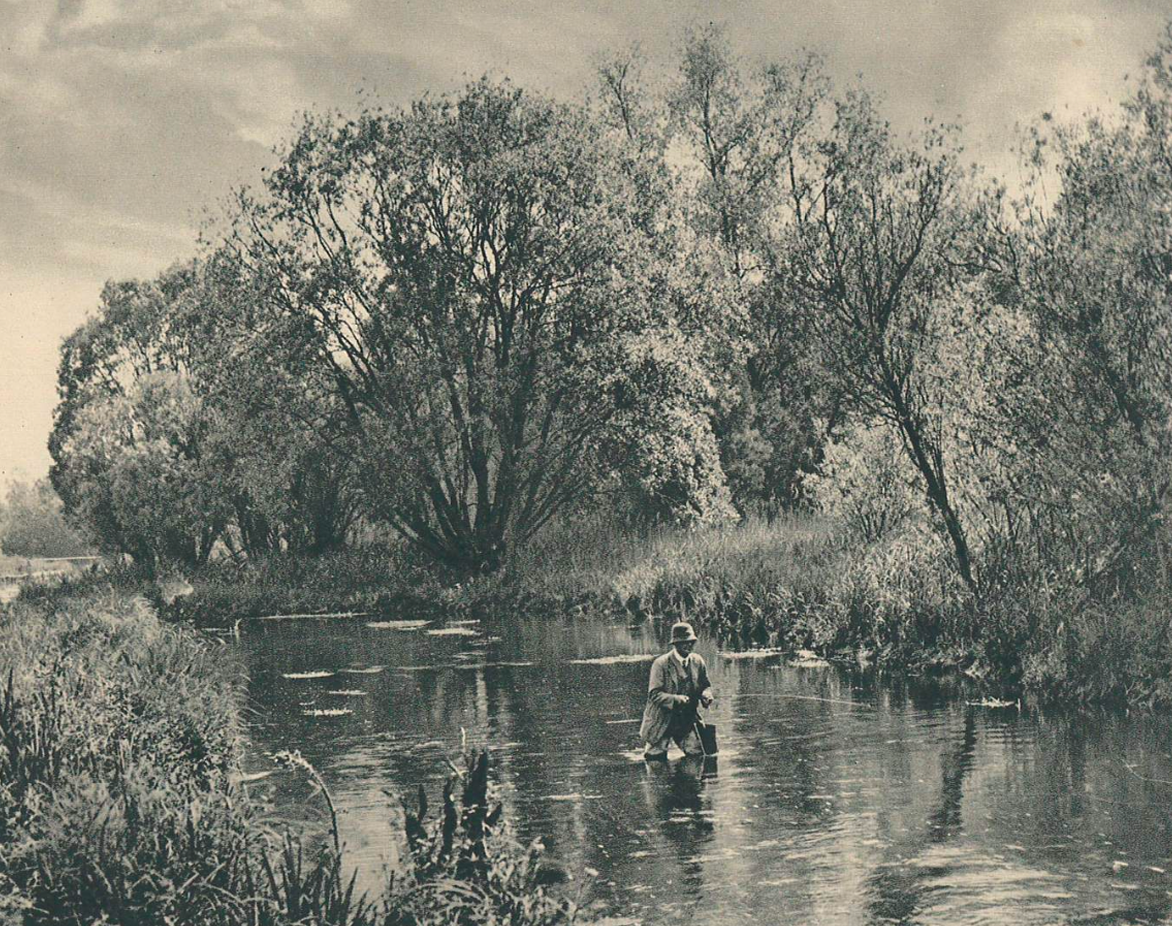
English Chalk Streams
English Chalk Streams

Considered as the Mecca of trout rivers, the English chalk streams are due to a geological aberration that goes back to the era of the dinosaurs.

A centuries-old stone bridge, calm but running water, all the beauty of Hampshire's chalk streams.
Literally chalk rivers, that is to say rivers flowing on a chalky bottom, covering itself a base of impermeable clay. These enormous layers of chalk are the result of the accumulation over tens of millions of years (Cretaceous and Jurassic periods) of tiny calcareous shells of planktonic organisms called cocoliths. These cocoliths are single-celled algae that swarmed in the Cretaceous seas that covered the Paris basin and the whole of southern England at the time. This gigantic layer of chalk (not compressed, which would otherwise give limestone) reaches in places more than thirty meters thick. It is this layer that filters and purifies the water of the rivers that flow through it and gives them their extraordinary transparency.

Hidden in the vegetation of the bank, this fisherman spotted a beautiful trout feeding on mayfly nymphs (larvae in fact).

The ranger often uses a boat to mow down aquatic vegetation, which would otherwise proliferate.
There are also chalk streams in France.
If the “chalk streams” are mostly known by fly fishermen in the west of the London Basin, Normandy and Picardy, the west and north of the Paris Basin, have some equally beautiful and majestic ones. The Risle, the Andelle, the Avre, the Iton, the Charentonne or the Durdent have nothing to envy to the Test, the Itchen, the Avon, the Bourne or the Kennet, except the way they are managed

On the bridge of this Norman chalk stream, this fisherman is waiting for the gobies.

This picture was probably taken on a French chalk stream, because in Halford's country, it is very badly seen to wade in this kind of rivers.
Since the end of the XIXth century, the big english trout are only fished with flies and released for the most part, whereas on this side of the Channel, since the invention of the car and the spinning, they have been exterminated to end up in the frying pan or the freezer. Except for a few private beats in Normandy on the Risle or the Charentonne, you will waste your time trying to cast an artificial fly on the tens of kilometers of “public” courses of the other French chalk rivers.

The evening is falling, the hatching will soon begin, and it is against the light that this fly tyer tries to tie his fly.

A knee on the ground, to be less seen by the trout, the traditional position of a chalk stream fisherman.
Coming back to the British Chalk Streams, where it is very difficult and more and more expensive to obtain a fishing permit between May and the beginning of July, month of the hatching of the big mayflies, we are talking here, for the Test, the Itchen, the Avon or the Kennet about the Holy Grail of dry fly fishing. Where any fly fisherman who takes his passion seriously must, at least once in his life, have cast an artificial fly floating high on the water and if we follow the precepts of the great master Halford, only upstream.

When the river is wide, you can take a few steps in the water, but never higher than your knees. Wading to the middle of the river would scare away all the trout.
It was in fact at the end of the Victorian era, on the Test and the Itchen, that Frederic Halford laid down the rules or precepts of fly fishing for trout. And still today, if you want to be invited back, even if you pay a lot of money, you’d better comply with them, under penalty of excommunication.

Well hidden in the shadow of the bridge, this fisherman is about to cast a nymph.

On most of the chalk-streams of the South of England, at regular intervals, small wooden benches, allow to rest while waiting for the gobages.
The main British chalk streams.
The Itchen : If the Test is better known than the Itchen, it is nowadays only a shadow of its former GLORY, not for its valley and its still splendid landscapes, but for its troutS which are more than 90% farmed fish. The Itchen is certainly with the Bourne, one of the only two english chalk streams where the trout stock is ancestral and wild. In these two streams, the trout are particularly difficult (selective say the American) to deceive, contrary to the “good girls” of the Test who swallow almost any imitation.
The Test : It is the longest, the widest and the most historical of the English chalk streams. In fact, from a historical point of view, it is a river that did not exist at the beginning of the 16th century (late Middle Ages) as we know it today. In its place, multiple small streams ran through a gigantic, unhealthy swamp. With the fledgling textile industry, wool was of paramount importance, and to raise sheep, there had to be meadows, not swamps. Dutch engineers, masters of drainage, dug, filled in, straightened the curves and created the Test as we know it today.
It was on the Test at Stockbrige that the famous Houghton Club, the first fly fishing club in the world, was founded in 1822.
The Avon : With the Test, it is one of the rare chalk streams that still has Atlantic salmon runs, fish that are considered undesirable by trout purists, because they “disturb” them during fly hatches. It was on the Avon, where he was a fishery warden for the “Queen’s Officers”, that Franck Sawyer invented the technique of sight nymph fishing with his famous Pheasant tails weighted with a copper wire.
The Bourne : A tiny tributary of the Test, the Bourne is only ten kilometers long and is only a large BROOK, but due to its extraordinary richness in aquatic invertebrates, it is home to wild trout weighing more than a kilo.
The Kennet : In Wiltshire, northwest of London, the Kennet, which flows into the Thames, is still famous for its large trout, unfortunately farmed today. Before the Thames became too polluted at the beginning of the 20th century, huge sea trout used to swim upstream to spawn in the Kennet. It is besides in 1899 with fertilized eggs of these fish, that were sown the rivers of the Argentine Tierra del Fuego, with the immense success that we know.



